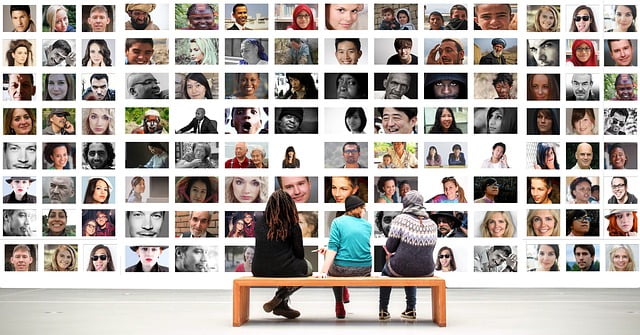We all know the value of diversity. It cultivates an environment for innovation, creativity, and unique problem-solving. Not to mention diverse companies also produce 19% more in revenue, according to a BCG study. This includes diversity in the more visible differences like race, ethnicity, and gender. But also having diversity in backgrounds like education, experiences, and personalities.
Experiential or thought diversity is getting a lot more attention, but there is still value in having diversity of gender and race. Especially within roles that have high visibility, like senior leadership and client-facing roles. Representation does matter and having a visibly diverse workforce holds value.
But, what does “representation matters” mean?
The saying “representation matters” is popular when referring to the media industry. It speaks to the importance of having diversity in movies, tv, and advertising. For instance, women only make up 24% of people heard, read or seen in the newspaper, radio, or television according to this 2015 report. Even though women make up 49.5% of the world’s population.
We gain information from the sources in the media and it teaches the public about groups of individuals they may not interact with on a daily basis. Media also has an influence on how minorities feel about themselves as well, according to a 2011 study. Black males in the media are generally portrayed negatively. This then leads to demoralization and reduced self-esteem and expectations.
Representation matters in business
The same goes for organizations too. Representation is key to showing your company truly values diversity and isn’t all talk with no action. Having diverse leaders shows there are paths to leadership for all. It will give confidence to others and empower them to go for opportunities, which will help retention.
Diversity in gender, race, and ethnicity is also good for your employer brand. According to a Glassdoor survey, 67% of job seekers said a diverse workforce is important when looking for a potential employer. It’s even more important for diverse groups like women and people of color. Having diversity in your sales reps and customer-facing roles is just as important. Diverse suppliers and customers will believe the company truly values diversity and will want to work with you.
Unfortunately, most people are not aware of the diversity initiatives within a company.
This is why it’s important to have representation in key, high-profile roles that interface externally. For instance, let’s say your organization is attending a career fair and is highlighting the great diversity within the organization. But the recruiters at the table are all white men, it might be hard to believe the diversity talk. Especially if the talent then researches your company and sees your leadership is the same.
Fortunately, HR metrics can easily assist
All you need is headcount broken down by job titles you identify as high-profile. Then break it down further by gender, ethnicity, and race. Also, don’t forget to look at intersectionality. How many women of color are in those roles?
Of course, diversity is not beneficial without inclusion. Make sure to measure and track some HR metrics to ensure your diverse talent is feeling included. A few HR metrics to help here are turnover or retention rates, employee engagement, and internal mobility rate. All can be indicators of how inclusive your organization is for diverse groups.
An HR dashboard is a useful tool for tracking your diversity in key roles like senior leaders or client-facing roles. It will automatically calculate your HR metrics based on the parameters you set. So that leaves you more time to focus on making sure your organization is inclusively diverse.
Sign up today for a free demo of our automated HR dashboard.












